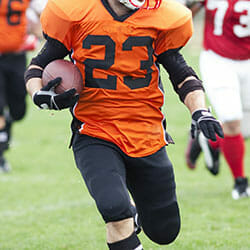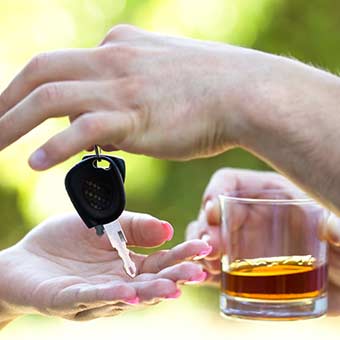- March 3, 2016
- Evans/Reilley
While no gear can offer 100 percent protection, athletes are expected to wear all kinds of special equipment intended to improve safety. There are shin guards for soccer players, shoulder pads for football players, gloves for baseball players. Yet, protection of the eye, one of the most important and most vulnerable body parts, is often overlooked. In an effort to raise awareness and help people preserve their sight, the American Academy of Ophthalmology has designated April as Sports Eye Safety Month. Prevent Blindness America, the nation's leading volunteer eye health and safety organization, has done the same for the month of September. Regardless of the date on the calendar or the sponsoring organization, it’s never a bad time [...]

 Serving Clients Throughout Texas
Serving Clients Throughout Texas








